Is Microneedling Effective for Alopecia or Hair Loss? What are the Updates on Hair Loss Treatment?
Your hair is your crowning glory. Your hairstyle makes you look different depending on certain occasions. If you are attending a formal event, your hair helps accentuate your overall look. But if something goes wrong with your hair, it can easily be notice because it a visible part of your body.
Alopecia is a kind of hair loss wherein the body’s immune system attacks the growth of the hair follicles. If this happens, there will be areas in your scalp where there will be no hair growth. Another type of alopecia is androgenic alopecia or AGA which is the most common type of hair loss in men.
A lot of therapies are being used to treat alopecia. The conventional therapy includes using medications such as minoxidil and finasteride which mainly targets androgen.[1] Other patient uses Psoralen with Ultraviolet A light or PUVA therapy to treat skin with larger hair loss affected areas. This is also used for those who cannot use other treatment modalities.
For a temporary solution, others wear hairpieces which are made from synthetic or natural human hair which is implanted in a nylon net. Hairpieces are attached to the scalp using tape, metal clips or glue. Others even use hair weaving wherein braiding or sewing longer pieces of hair to the existing hair. But this technique is not recommended by doctors because this may cause permanent hair loss.
Others even use styling techniques and hair care products that will make their hair appear thicker. Others even use dyes to color their scalp. But the problem with continued use of dyes or perms is that it may result to more hair loss. Instead of solving the problem, it may further aggravate your hair condition.
But among all these, a new treatment modality which is being considered in treating alopecia is microneedling or dermarolling therapy. Unlike other technique, you do not need to spend more time putting dye on your hair which may eventually result to hair loss. Or you do not need to wear hair pieces which may cause allergic reaction to your skin particularly the synthetic ones. Laser therapy of course, is costly than dermarollers.
Clinical studies revealed that microneedling therapy is an effective treatment for alopecia. It demonstrates an accelerated response of the hair that leads to significant amount of scalp density. The effect of microneedling in the formation of new hair follicles in patients with androgenetic alopecia is overwhelming particularly for those who were poor responders of the conventional therapy.[2]
So what causes alopecia?
The possible cause of alopecia whether androgenic alopecia for males and alopecia areata for females is not clear. It is said to be multi-factorial. It could be due to:
- Defects in the gene
- Autoimmune
- Patient is prone to allergic reaction.
- Patient had the condition since puberty or longer than one year
- Family history of alopecia
The Promising Research Updates on Alopecia
Microneedling therapy is currently being used in wide array of dermatologic treatments. In fact, it is being used to reduce acne, scars, stretch marks, hair loss, and many other skin conditions. It is also being used to effectively deliver topical agents for a faster result. It is used to enhance the penetration of different substances to the skin or hair.[3]
Dermarolling therapy is now being used to treat alopecia which affects both men and women equally. For men, androgenic alopecia is the most common type of alopecia. It occurs because of the defects in the genes, androgens, signaling pathway and other inflammatory processes. The conventional therapy options for androgenic alopecia are minoxidil and finasteride that targets the androgen. But despite conventional therapy about 40% of men will still go bald.1
Microneedling or dermarolling therapy is a new and recent advancement in the treatment of androgenic alopecia. Recent studies were able to establish its efficacy in treating hair loss.1 In the study of Dhurat and Mathapati (2015), they were able to report four men having androgenic alopecia with no or minimal hair growth using conventional therapies. But when they were subjected to microneedling therapy there was a significant scalp density observed.1
This is a promising study considering that patients would no longer have frequent visit to the clinic for other conventional treatments. Microneedling help reduce the frequent visits to clinic because the effects are long lasting. More so, compared with other treatment modality, medical microneedling is a lot cheaper procedure.
It is also safe to use with little or no downtime. This means that patients can get back to their work a day after the treatment. Fewer side effects are also noted as compared with the conventional approach.
Bottom line
The conventional therapies for hair loss do not have a satisfactory treatment. 1 Patients who had hair loss are not satisfied with the result. However, newer treatment modality like microneedling provides a better result particularly for poor responders of conventional therapy.
Microneedling with dermarollers are able to effectively treat androgenic alopecia for men. Thus it is now being offered to patients having androgenic alopecia for faster follicle hair stimulation. .
As to the frequency and number of sessions required for this treatment, the current data has not resolved it yet and it needs further evaluation for larger population.
So what is new?
- Microneedling is a new treatment protocol for patients with hair loss. It helps reduce frequent visits to the clinic which is commonly observed in conventional therapies.
- Case studies have shown that microneedling boost the effect of hair follicle stimulation among patients with androgenic alopecia who doesn’t have a good response on traditional treatments.
Bibliography
[1]Rachita Dhurat and Sukesh Mathapati. (2015). Response to Microneedling Treatment in Men with Androgenetic Alopecia Who Failed to Respond to Conventional Therapy. Indian J Dermatol. , 260–263.
[2] Dhurat R1, Mathapati S1. (2015). Response to Microneedling Treatment in Men with Androgenetic Alopecia Who Failed to Respond to Conventional Therapy. Indian J Dermatol. , 260-3.
[3] Serrano G1, Almudéver P2, Serrano JM3, Cortijo J2, Faus C1, Reyes M1, Expósito I3, Torrens A3, Millán F1. (2015). Microneedling dilates the follicular infundibulum and increases transfollicular absorption of liposomal sepia melanin. Clin Cosmet Investig Dermatol. 2 , 313-8.

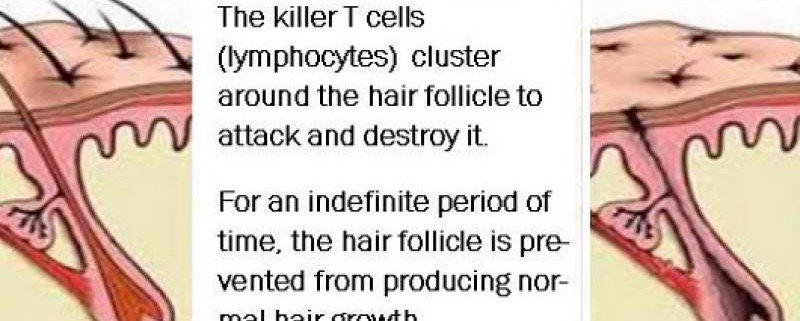
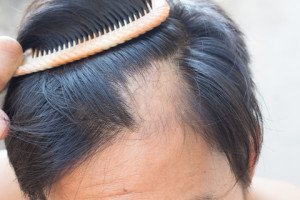
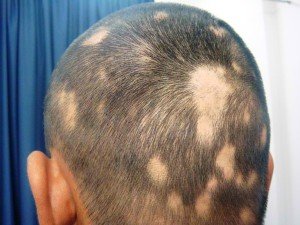
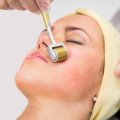
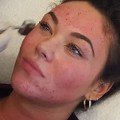
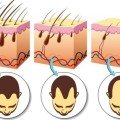

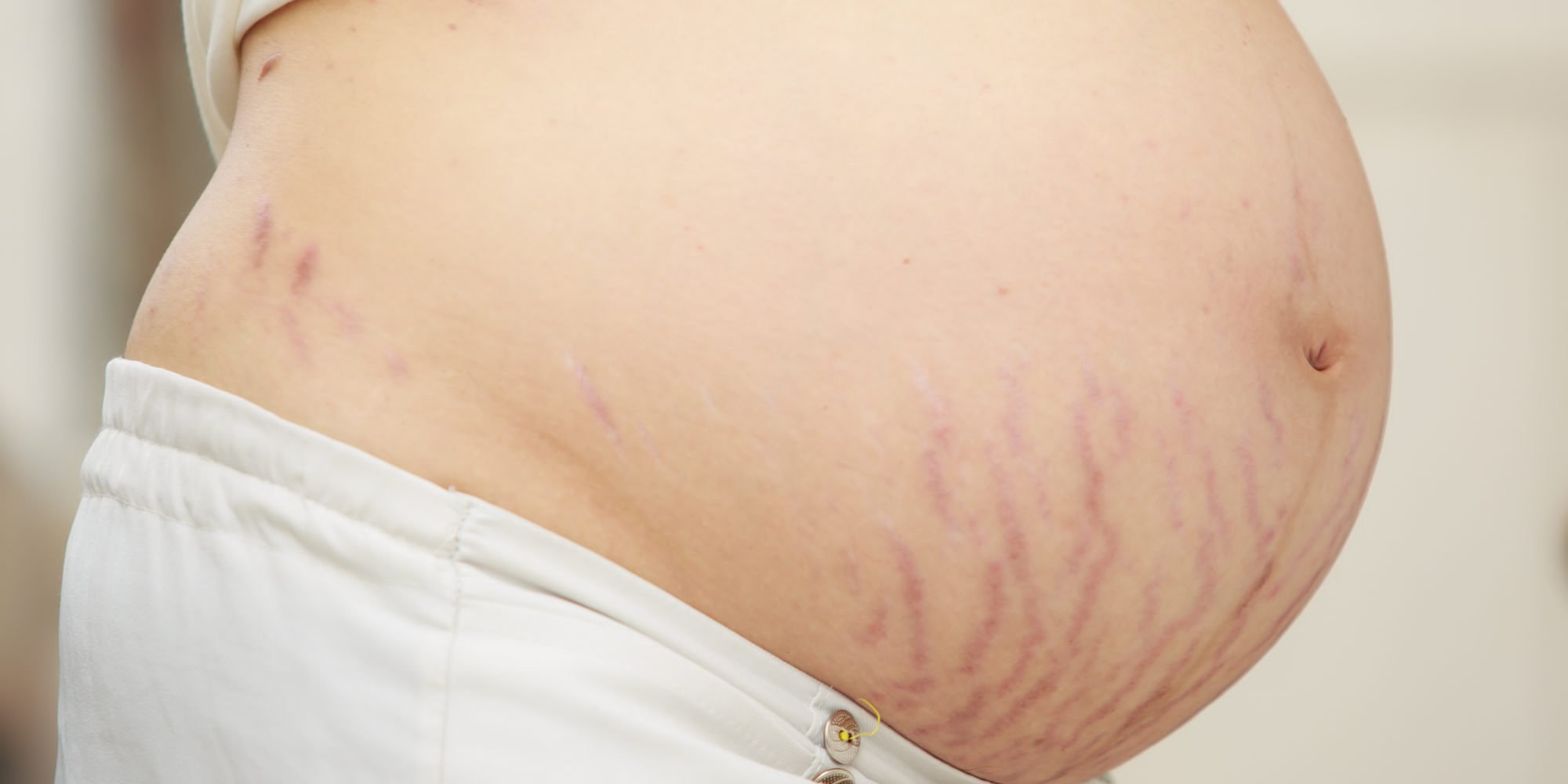

Please add your thoughts
Leave a Reply
Want to join the discussion?Feel free to contribute!